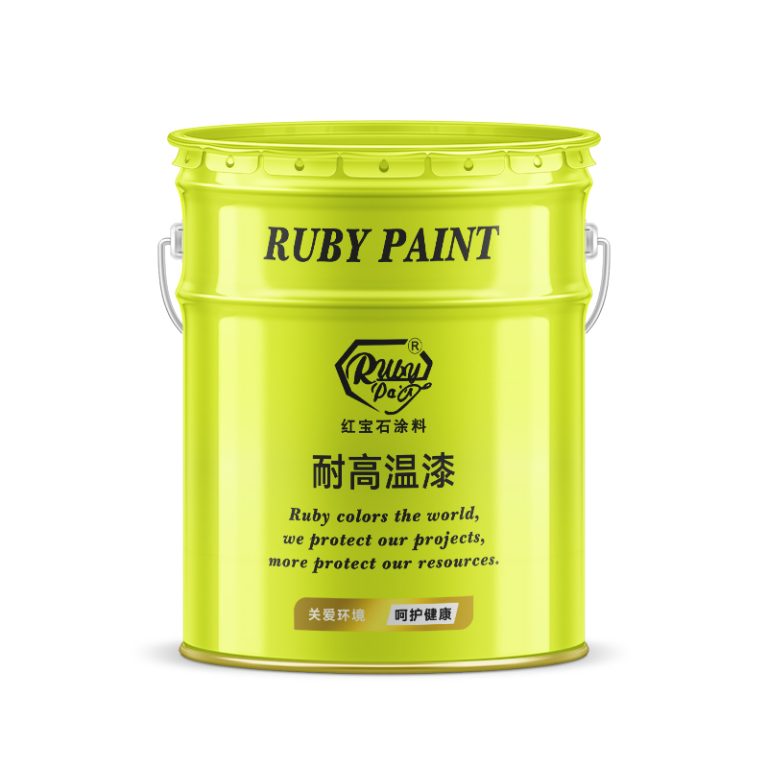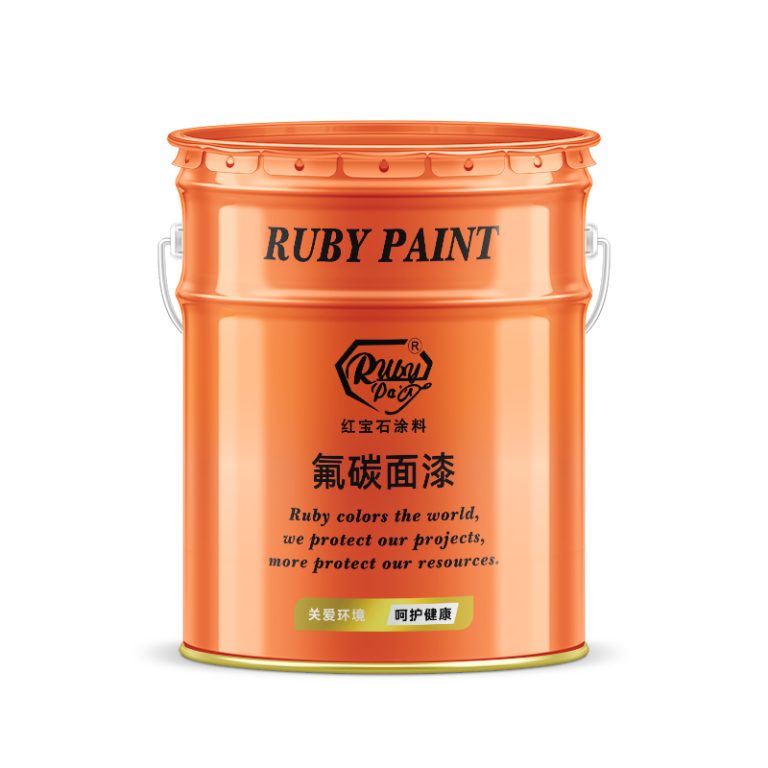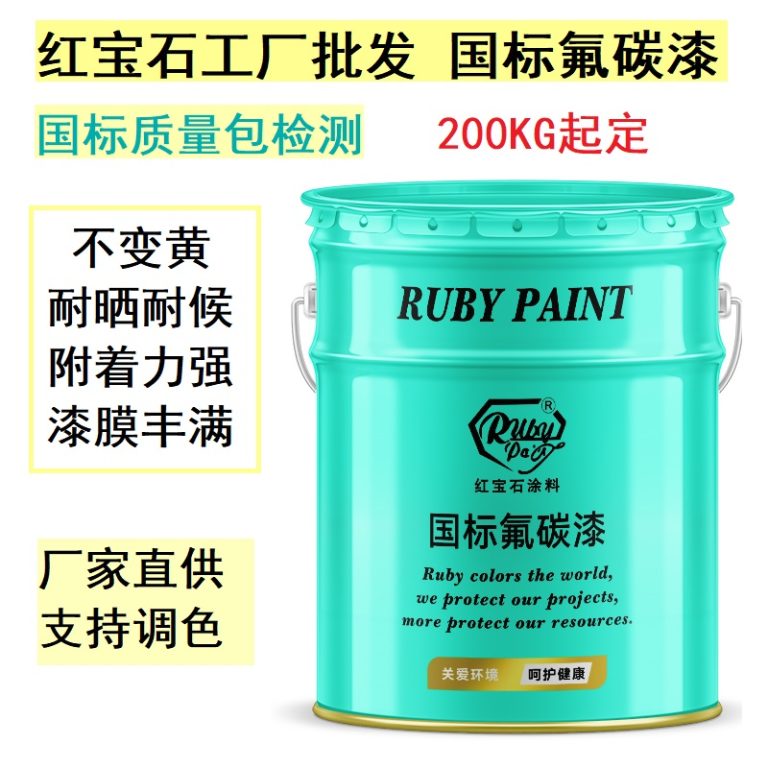Maximizing Durability: Applying 2-Part Epoxy Paint on Metal Surfaces
Maximizing Durability: Applying 2-Part Epoxy Paint on Metal Surfaces

In the realm of protective coatings for metal, 2-part epoxy paint stands out as a superior choice, offering unparalleled durability and resistance to a variety of environmental stressors. This type of paint is composed of two components that, when mixed together, trigger a chemical reaction resulting in a hard, protective finish. The resultant coating is not only tough but also resistant to chemicals, abrasion, and corrosion, making it an ideal solution for metal surfaces that are exposed to harsh conditions.
| Serial Serial Number | Commodity Name |
| 1 | Epoxy Zinc rich paint |
The application of 2-part epoxy paint on metal surfaces is a meticulous process that requires careful preparation to ensure maximum adhesion and longevity of the coating. Initially, the metal surface must be thoroughly cleaned to remove any contaminants such as oil, grease, or rust. This is typically achieved through a combination of mechanical and chemical cleaning methods. Sandblasting, wire brushing, or sanding can be employed to remove rust and create a profile on the metal surface that enhances the paint’s ability to bond.
Following the cleaning process, a chemical degreaser may be used to eliminate any remaining surface contaminants. It is imperative that the metal is completely clean and dry before proceeding to the next step, as any residual contaminants can compromise the integrity of the epoxy coating. Once the surface is prepared, the two components of the epoxy paint—the resin and the hardener—must be mixed together in the precise ratio specified by the manufacturer. This mixture initiates the curing process, which is time-sensitive, necessitating prompt application after mixing.
| Serial Number | Products |
| 1 | Fluoracarbon paint |
The application of 2-part epoxy paint can be performed using various methods, including brushing, rolling, or spraying. The choice of application method depends on the size and complexity of the metal surface, as well as the desired finish. Spraying can provide a more uniform coating and is suitable for larger or intricately shaped surfaces, while brushing or rolling may be more appropriate for smaller or flat areas.
Once applied, the epoxy coating requires a specific period to cure. During this time, it is crucial that the coated metal is kept free from dust, moisture, and other potential contaminants that could affect the curing process. The curing time can vary depending on the product and environmental conditions, but it typically ranges from several hours to a few days. After curing, the epoxy paint forms a hard, glossy finish that is both aesthetically pleasing and highly functional.
The benefits of using 2-part epoxy paint on metal surfaces are numerous. The cured coating provides a barrier that is resistant to moisture, preventing rust and corrosion. It also withstands exposure to a wide range of chemicals, making it suitable for industrial environments where spills and splashes of solvents, acids, or alkalis may occur. Additionally, the tough surface resists scratches and abrasions, maintaining its appearance and protective qualities even under heavy use.
In conclusion, 2-part epoxy paint is an exceptional choice for protecting metal surfaces. Its robust formulation ensures that metal structures and components can withstand the rigors of their environment, preserving their integrity and functionality over time. By adhering to proper surface preparation and application techniques, one can maximize the durability of the epoxy coating, thereby extending the lifespan of the metal and reducing the need for frequent maintenance or replacement. The investment in a high-quality 2-part epoxy paint system pays dividends in the form of long-lasting protection and resilience, making it a wise choice for anyone seeking to safeguard metal assets against the elements.





